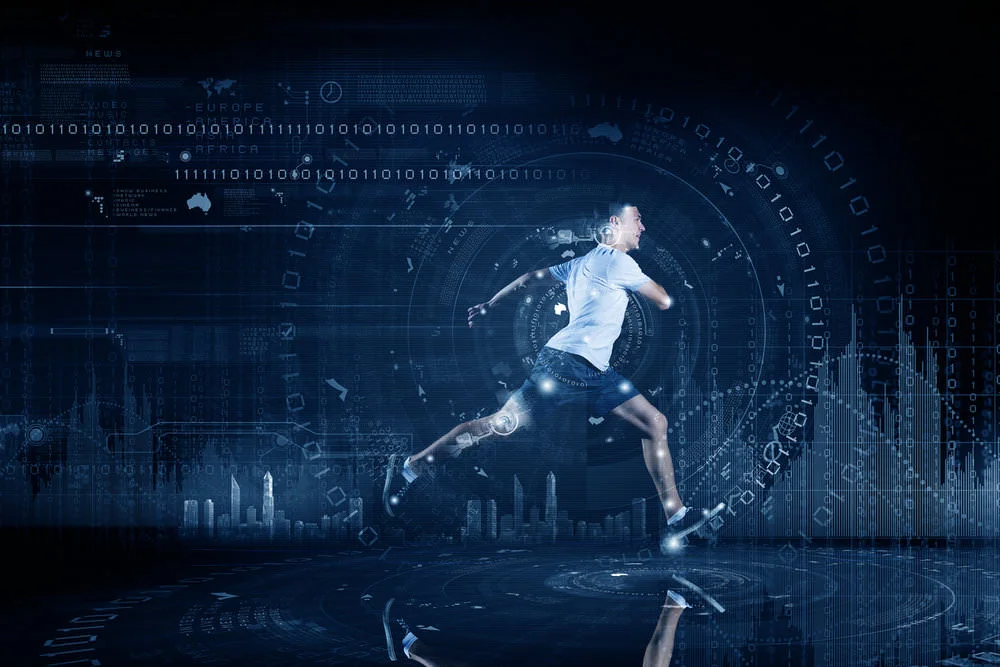Thanks to modern technology, medical science is advancing at a pace unparalleled at any point in history. All over the world, new technology is emerging practically every day, opening up whole new worlds for both patients and medical professionals. Every specialised field of medical science has made major breakthroughs in recent years, with countless more on the horizon. In this blog, we’re going to look at some of the most influential technologies that you will see being used in physiotherapy today.
The Performance Matrix
One of the biggest and most comprehensive advances in physiotherapy is the Performance Matrix (TPM). This is a collection of analytical software that identifies the weak points and high-risk areas of your movement, such as your back or joints. TPM involves performing roughly 15 movement tests to identify these points, the results of which are calculated immediately. TPM is used to aid rehabilitation & recovery, as well as injury prevention. For this reason, it has proven popular not just with people who have sustained an injury, but also for professional athletes looking to maximise their performance.
Gait Scanners
A gait scanner is a specialised mat that detects pressure when a person walks across it. The information collected by this mat is analysed and used to develop an image of the base of the feet, which will show you and your physiotherapist where you place pressure when you walk, as well as how you move. This information can be used for far more than just issues relating to the feet, as even the slightest deviation in a person’s gait can affect their health all through their body. A small pain can radiate from the foot and into the lower leg, or affect how a person walks in such a way that causes them to hunch their back, or tilt their neck. Gait scanners can therefore be used to address issues that to most people would seem completely unrelated to our feet.
3D Running Analysis
3D Running Analysis is particularly beneficial for athletes & runners. The technology involves the use of multiple cameras and sensors to capture scientifically accurate data, in turn measuring movement patterns in real time. This analysis unearths information which is then used to build exercise plans tailor made to the individual. You can find out more here.
Electromyography Biofeedback Machines
Electromyography is the analysis of electrical activity in the muscles. This is done by using either needle or surface electrodes, which analyse the speed and strength of the signals travelling through the muscles. These can be used to diagnose a number of possible problems with the nervous system, such as myasthenia gravis and amyotrophic lateral sclerosis. These machines have been used by professional physiotherapists for some time now, but advances in technology have made biofeedback machines both smaller and cheaper, which allows patients the possibility of having one at home. This can be beneficial for people undergoing muscle retraining, helping them to monitor their progress and avoid making mistakes when away from their physiotherapist.
VR
Though still a relatively young technology, virtual reality is providing a lot of exciting opportunities for all sorts of different medical professionals. One of the biggest advantages of this is the immersiveness of VR, which enables people in remote areas to exercise as if they were in a class full of people. It also helps monitor their movements and keep them on the right track. Additionally, VR can be used to make the exercises much more fun and even something people enjoy, making patients more likely to stick with their regimen. There are still some areas in which VR needs to advance, but you can expect to see this become very commonplace in the next few years.
Got A Question?
If you have any questions relating to this article, please ask us in the comment section below and one of our team will be able to offer you further advice on the subject.

